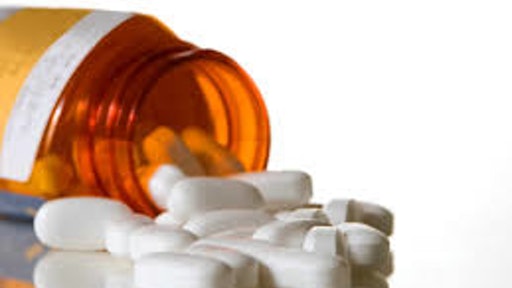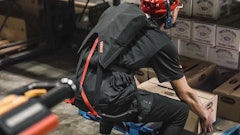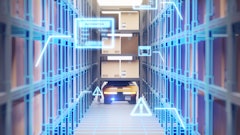
Some products are hyper-sensitive to spoilage and breakage, and in these cases, standard logistics approaches were never enough. But, today’s supply chain issues have upped the ante.
Pharma shipments are one major area of concern. The Coronavirus disease (COVID-19) threw the importance of pharma supply chains into heightened relief, first with critical shortages of personal protective equipment (PPE) and test kits, which were largely blamed on supply chain issues, then with the significant challenge of temperature-sensitive vaccines.
In 2020, WHO Director-General Dr. Ghebreyesus lamented that “without secure supply chains, the risk to healthcare workers around the world is real.”
World hunger may soon depend on the global supply chain. Increased floods and droughts are causing food scarcity in certain areas, requiring more food shipments and increasing the pressure to reduce losses through spoilage.
As the supply chain shows more stress fractures, logistics teams have to find new ways to reassure customers and ensure sensitive items like pharmaceuticals and fragile electronics arrive intact.
We’re not just seeing more delays – those delays are unpredictable in both length and nature. When shipments are backed up, there’s even more risk that conditions will vary from those that are required and cause damage to the product. That means ensuring better packing that won’t lose effectiveness after a certain period; better monitoring that reveals if items approach or pass a safety threshold; and better analysis to guide decision making.
What can logistics teams do to up their game when supply chains turn volatile?
1. Better condition visibility
Today’s Internet of Things (IoT) logger devices constantly monitor and record conditions such as temperature, humidity, light, tilting and jostling. As these tags become smaller, it gets easier to attach them in ways that accurately measure real conditions for sensitive items. The development of fabric with embedded sensors for ongoing medical monitoring is paving the way to similar capabilities for packing materials, enhancing accuracy for condition visibility.
It’s important to track shipments on both a micro and macro level, namely to follow each shipment’s conditions and progress while also managing the entire chain for bottlenecks and inefficiencies. With enough data at hand, chokepoint analysis can show exactly what is causing a holdup, especially for complex last mile delivery issues which can range from a lack of parking spaces to temporary diversions and regular weight of traffic.
2. Advanced analytics
Data alone is not enough; you need insights that give transparency into the supply chain, and you need them as fast as possible, which requires advanced analytics.
It takes sophisticated data modeling to compare multiple scenarios and allow for differing factors and their influence on the end result. For example, in longer supply chains, there can be numerous points where weather or traffic conditions, customs requirements, local or national holidays and geopolitical events affect which is the “best” route. Strong business intelligence can balance all these elements, allow for seasonal variations and pinpoint the best option.
3. Real-time data collection and processing
The development of connectivity systems has been roughly keeping pace with analytics capabilities, enabling data to be collected and sent lag-free to an accessible repository. Nowadays, advanced analytics can access and crunch supply chain data as it’s being generated.
With real-time data collection and quick alerts, logistics teams can react faster to emerging problems, preventing a small delay or minor incident from snowballing into significant damage.
4. Agile condition monitoring
It’s crucial to offer agile systems that are both easy to use and aren’t tied down to a single location by wired connections. RFID connections are generally effective, but they’re expensive, which means that teams on a limited budget will have to make choices about where and when to implement an RFID tracker connection.
Today’s advanced data loggers are low cost, don't require any tech infrastructure to get started and sync data with the cloud using an everyday smartphone. The smaller the tag the better too, so that it can be positioned wherever necessary to follow every movement of the goods.
5. Automated reporting
Quality assurance labels for pharmaceuticals allow consumers to make informed decisions about safe use and lifetime of goods. They rely on an integrated system that automates data collection about shipment conditions, such as how warm the product became at any given time or how long it spent on the road and aggregates it into an easy-to-read report.
Automated processes see to data gathering and storage, data preprocessing and analysis, as well as streamlining the preparation of reports required by regulations to prove compliance. These solutions ease the burden of paperwork on central logistics operations, so you can turn more attention to pressing issues.
Logistics advances underpin better service, even when supply chains fall apart
Tech advances are improving what the service logistics companies can offer to those shipping sensitive items, even in a time of crisis. Better condition visibility using agile systems, advanced analysis with real-time data and automated reporting processes all contribute to improving confidence that even perishable and fragile items will arrive in the condition that buyers expect.


























